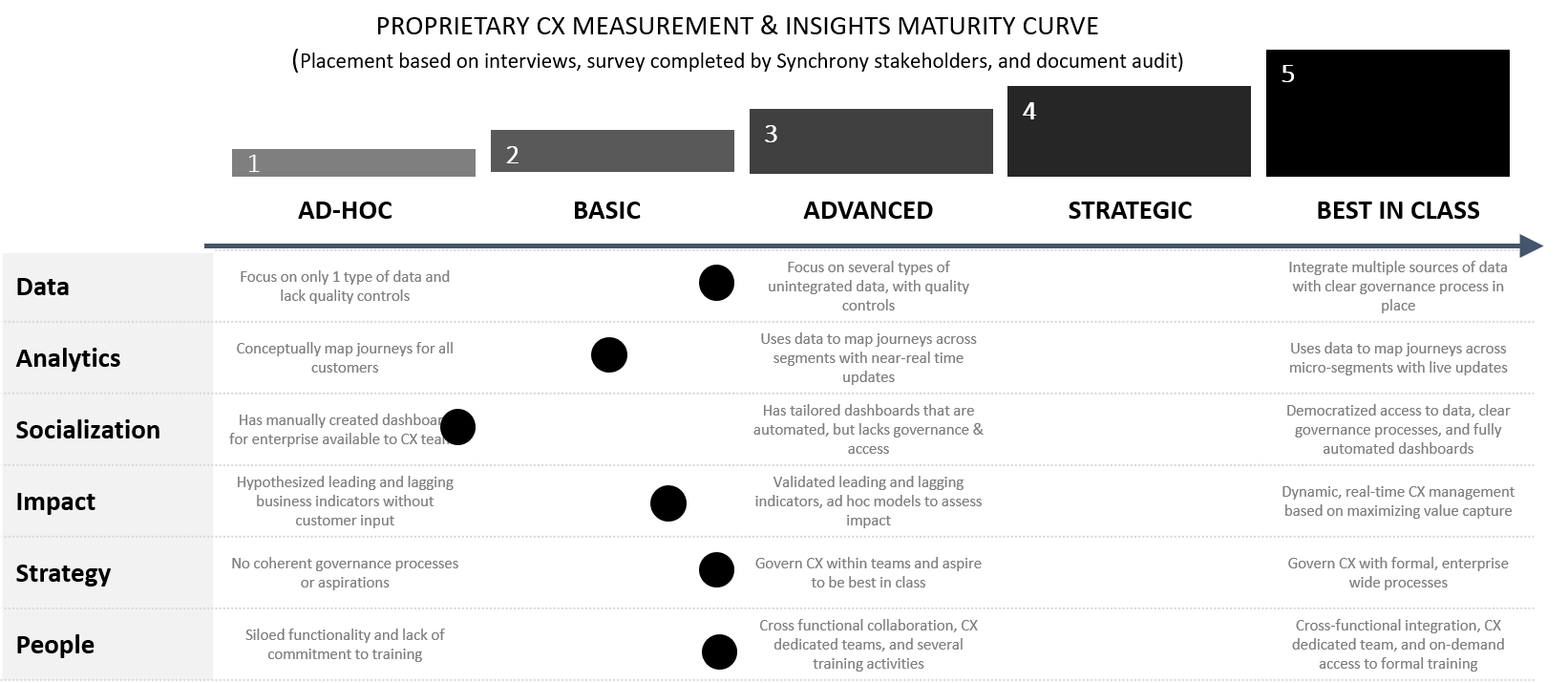BLOG
Inside The Experience of Relentlessly Relevant Brands
How hyper-personalization, contextual shifts and intelligent offers are reshaping consumer expectations.
Culture is being re-coded, and people expect very different relationships with brands: more human, immediate, seamless and responsive.
Across every category, from healthcare to household goods, auto to automation, B2B to B2C, the companies that are building the most cohesive businesses—through what we call “dynamic and digital brand experiences”—are expanding their relevance and are growing faster than competitors.
Dynamic brand experiences are the new standard. A company that can functionally integrate around the customer with regard to technology, data, marketing and the customer experience is delivering its product and service not simply as an offer, but as an experience ecosystem: a hyper-contextual, empathetic, cohesive and humanized experience that responds to, learns from and anticipates its customers’ next moves and needs.
What Is a Relentlessly Relevant Brand?
We call them relentlessly relevant brands because they understand that they must prove themselves every day, that they operate within an ecosystem of customers and other brands, and they adapt their behaviors in real-time based on context.
They have both a brain and a heart. They are strategic and emotive, contextual and aware. And they lead with data-informed stories. Customers love these experience ecosystems.
“A relentlessly relevant brand is continuously testing its approach and optimizing it in real-time.”
In the modern brand world, relevance trumps consistency; the brand shifts and adjusts in the quest for individual relevancy, explicitly at the expense of being consistent. A relentlessly relevant brand is continuously testing its approach and optimizing it in real-time.
Here’s a simple metaphor: An individual behaves differently with her spouse, her children, and her colleagues. Each expression is authentic but unique. We each have a personal “code” that allows us to behave differently in different settings but still makes us recognizable across all our relationships.
Key Characteristics of Relentlessly Relevant Brands
Relentlessly relevant brands are already flourishing around us. The easiest way to identify them is by looking for entities that are already exhibiting these key characteristics:
Relentlessly relevant brands are hyper-personalized.
The experiences that brands offer are driven by empathy and are designed to feel personalized to each individual. With a rich data set on returning users, TurboTax makes filing taxes a breeze—with prefilled data and explanations about why tax returns might be different from past years, based on personalized events such as moving, getting married, or having a baby.
Relentlessly relevant brands are contextual.
The brand shifts how it acts, feels, and looks according to the environment in which it operates. With the addition of separate kids, music, and gaming environments, YouTube adapts depending on a user’s context. The YouTube Kids interface, for instance, offers icons instead of text navigation and family-friendly content only.
Relentlessly relevant brands are intelligent.
These brands are in learning mode all the time and use this knowledge to inform how they think, act, and engage with consumers. Netflix learns from its users’ viewing habits not only to offer recommendations on what to binge-watch next, but to actually create original content. The company famously commissioned “House of Cards” because it knew a wealth of users had streamed “The Social Network,” which was directed by “House of Cards” producer/director David Fincher.
Relentlessly relevant brands are continuous.
Infused with a digital pulse, brands maintain ongoing conversations with customers. Marriott’s new Li Yu program helps Chinese tourists traveling outside of China feel at home wherever they go. Through a WeChat program, these tourists can engage with a local concierge who can assist in Chinese with anything from restaurant recommendations to in-room amenities requests.
How to Become a Relentlessly Relevant Brand
Where to start? There is no single journey to becoming a relentlessly relevant brand and engaging customers through dynamic and digital experiences, but there are important features that empower brands to succeed in today’s transforming world:
To make your brand more contextual:
Update brand guidelines and toolkits to support adaptive design elements, data-driven content, and personalized, persona-specific experiences. Wrap core products with value-added services and experiences.
To make your brand more intelligent:
Offer customers opportunities to exchange data for improved service levels. Leverage predictive analytics to create proactive offers. Embed AI and machine learning into your data environment and smart (data-enabled) solutions.
To make your brand more continuous:
Use APIs to create seamless connections with ecosystem partners. Integrate customer data records and provide customer single sign in. Embed product extensions or solution recommendations in customer service and digital assets. Create value-added service layers and platforms for customers to expand customer utility and reward loyalty.
FINAL THOUGHTS
We are living in an experience economy. Today, we understand that brands are no longer static logos or advertising campaigns, but total, immersive experiences.
For companies to grow, they must evolve from selling, distributing, or communicating to building dynamic brand experiences. To do this, they must be purpose-centered and powered through culture, capabilities and employee engagement.
They must become “humanized” organizations prepared to deliver experiences people remember and love—experiences that matter in both function and emotion, and consider the entire person—the head and heart. Brands no longer just have an opportunity, but they have an obligation to come to life in order to remain relevant and drive profitable growth.
Download Prophet’s Brand Relevance Index® to learn more about the brands that consumers simply can’t live without.












